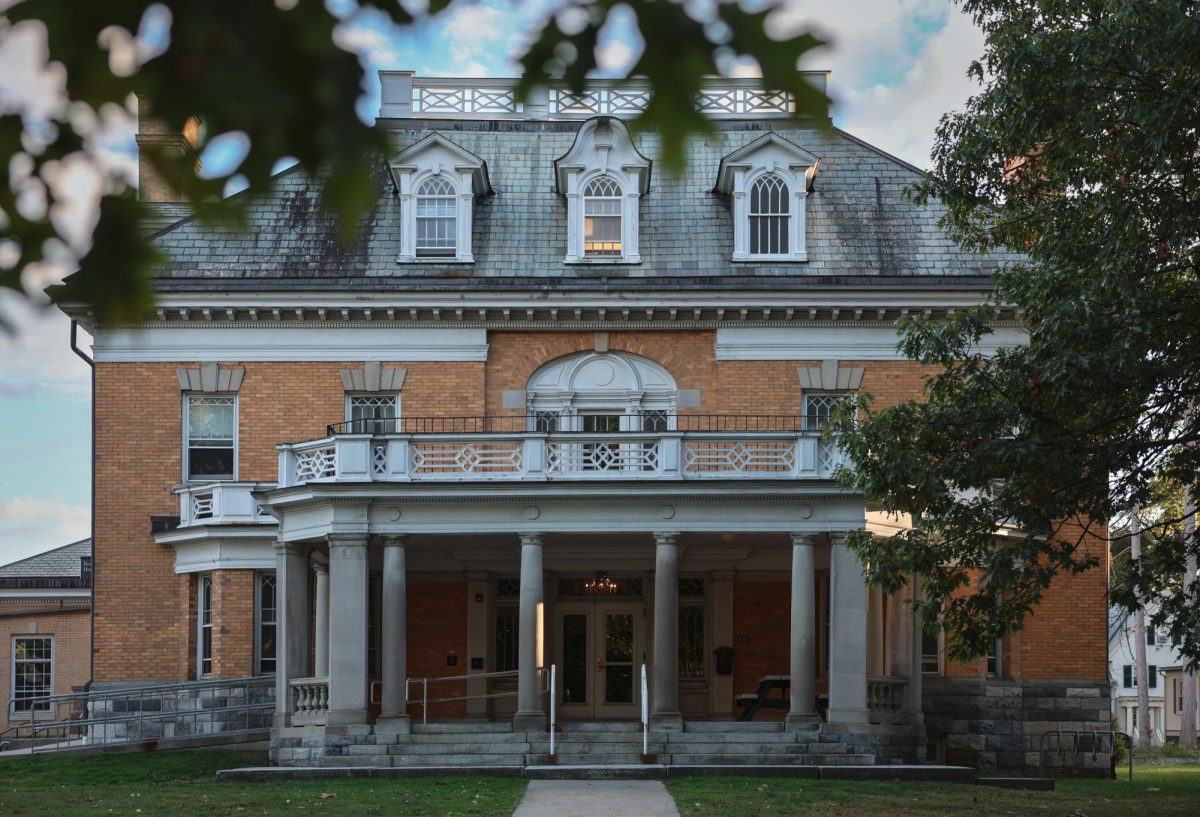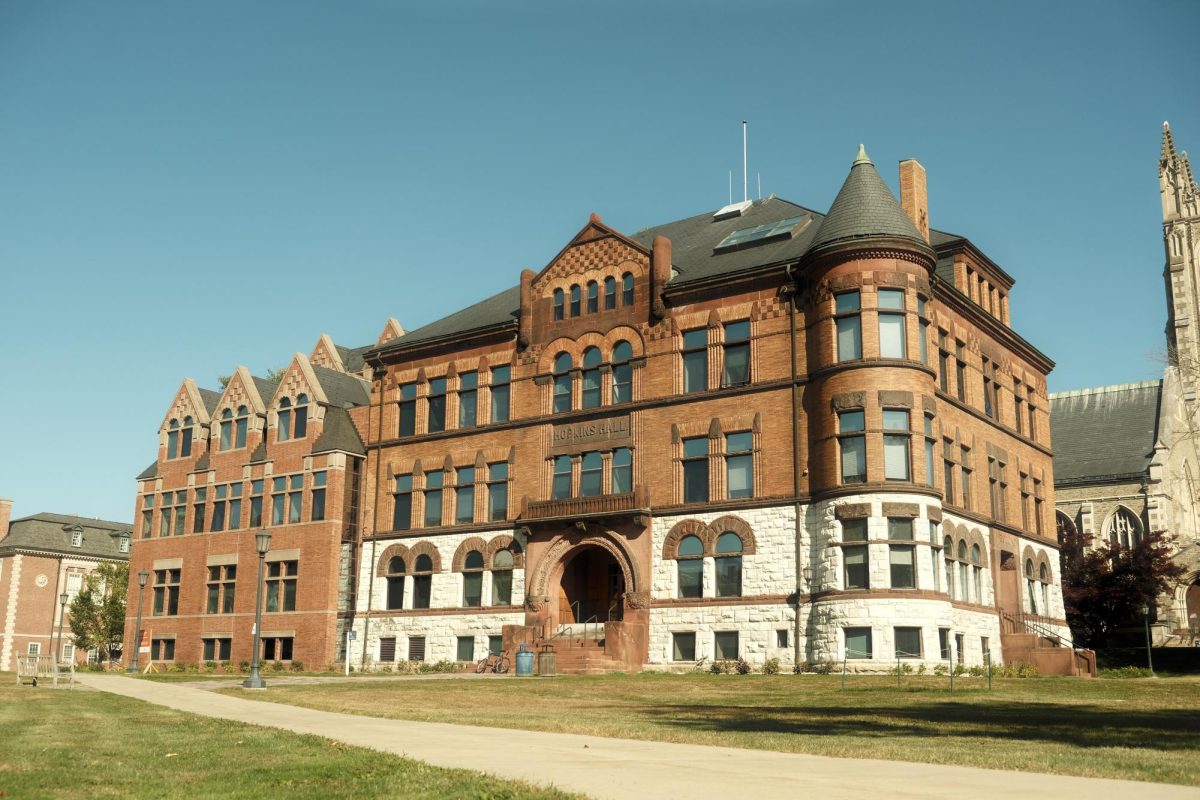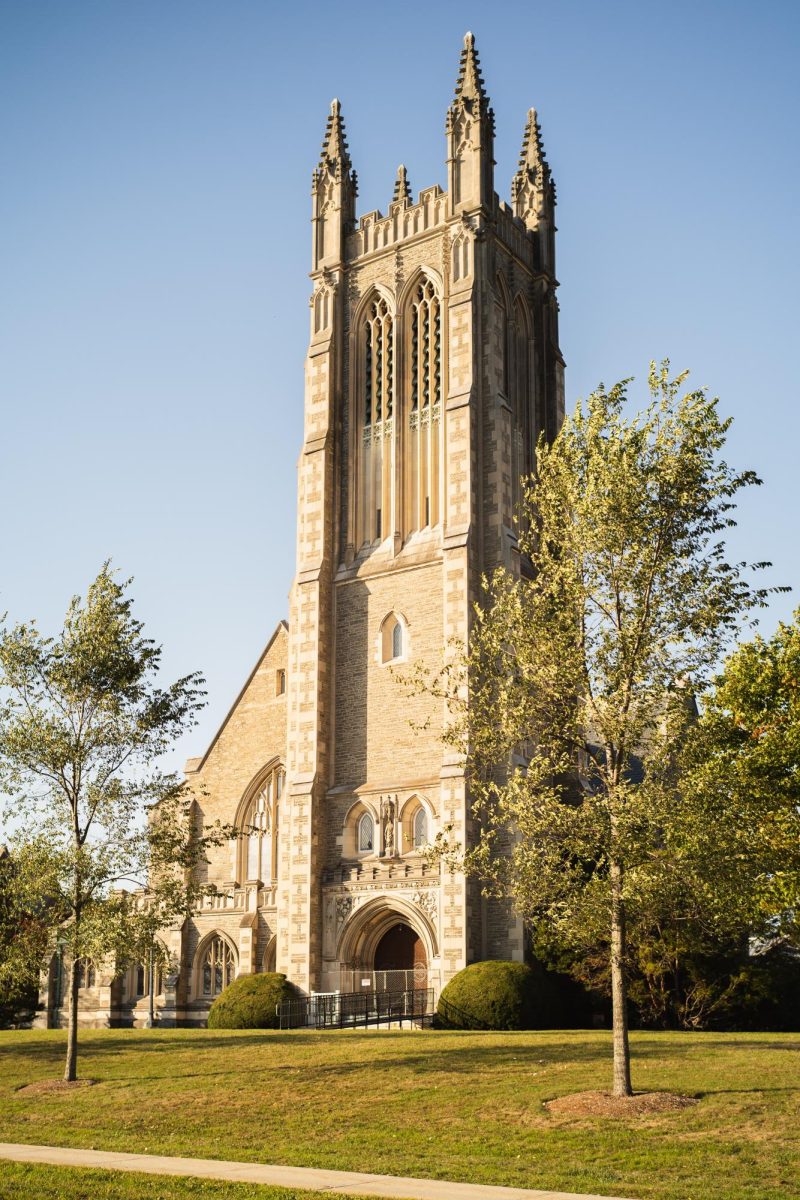Despite uncertainty surrounding the next academic year due to the COVID-19 pandemic, the yield of students admitted to the Class of 2024 was 46 percent, similar to previous years. The matriculating class’ demographics, the admissions office’s use of the waitlist and the preliminary number of students requesting a gap year have also all remained similar to previous years. These figures, however, are still subject to change, as students have until a week after President Maud S. Mandel announces whether classes will resume on-campus in the fall to decide whether or not to take a gap year before matriculating.
As the campus and the country shut down in March due to the spread of COVID-19, only a few weeks before regular decision applicants found out their decisions, the admissions office made a number of changes to this year’s process. It sent out slightly more acceptances — roughly 1,250 compared to last year’s 1,224 — and gave students until June 1 to commit, as opposed to the typical May 1 deadline.
Dean of Admission and Financial Aid Liz Creighton ’01 explained in March that the slight increase in acceptances was “in anticipation of a less predictable yield.” Meanwhile, the extended deadline was intended to provide more time for students to decide, given the economic uncertainty of the pandemic, with some families’ employment status in flux. However, few peer institutions made the same decision as the College to extend the deadline.
With the June 1 deadline passed, Creighton described this year’s yield of 46 percent as “consistent with previous years.” The yield for the class of 2023 was 45 percent, including early decision students, although Creighton also noted that the regular decision yield alone was also consistent with that of past years.
“The profile of the current class [of 2024] looks quite similar to recent years,” Creighton said. About half of the incoming class will receive financial aid, which matches the current 51 percent of students receiving aid, according to the College’s fast facts sheet. “Just shy of 10 percent are INTL [international] students who hail from 26 countries,” Creighton said, with current non-U.S. enrollment at 9 percent. Of students from the U.S., 42 percent identify as students of color, which Creighton said “is slightly higher than last year, by a percentage point or two.” The fast facts sheet states that 38 percent of students in the Class of 2023 identify as U.S. students of color.
“Fifty-five percent of students attended a public high school while 32 percent attended a private high school and 11 percent attended a parochial one,” she added.
Although many in academia have speculated about an increase in gap years due to the pandemic, Creighton said that “current gap year requests are running apace with past years,” at somewhere between 15 to 20 students. “Waiting list activity always fluctuates from year to year, but this year’s waiting list activity was right in line with the past five years,” she said.
However, Mandel’s upcoming announcement of fall plans may still affect the number of gap-year requests. Currently committed members of the Class of 2024 will have until a week after Mandel’s decision, which is set for no later than July 1, to decide whether to take time off. Unlike current students, who have the option of taking either a semester or a year off, incoming first years must take the full year off. An entirely remote fall may increase the number of gap year requests; in May, the Record reported that 43 percent of 93 surveyed in the Class of 2024 Facebook group said they would likely take a gap year if courses were entirely online in the fall. Despite the potential rise, Creighton told the Record in May that the College will not deny gap year requests.
While the enrollment figures have so far remained similar to recent years, one of the many differences between the Class of 2024 and previous classes is that more of them than usual will matriculate at the College having never visited campus, due to the cancellation of in-person Previews.
“I wouldn’t wish this year’s college admission process on any student and I am so impressed with how the newest members of our community handled it,” Creighton said. “I can’t wait for them to join us whenever we can all be together again.”








